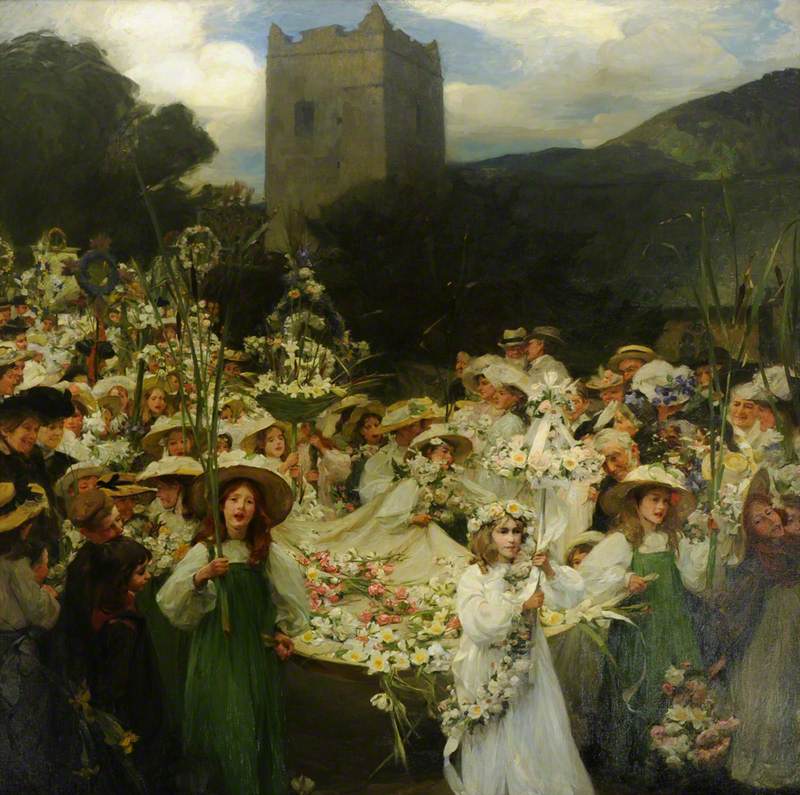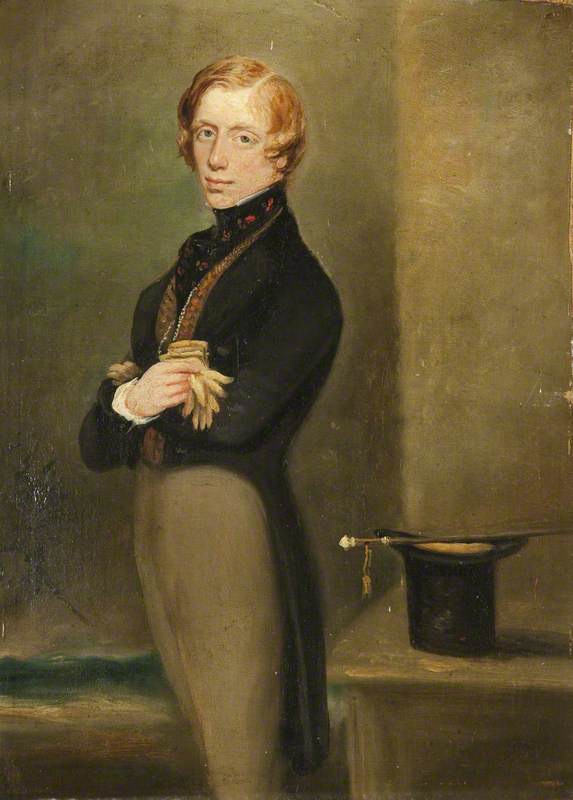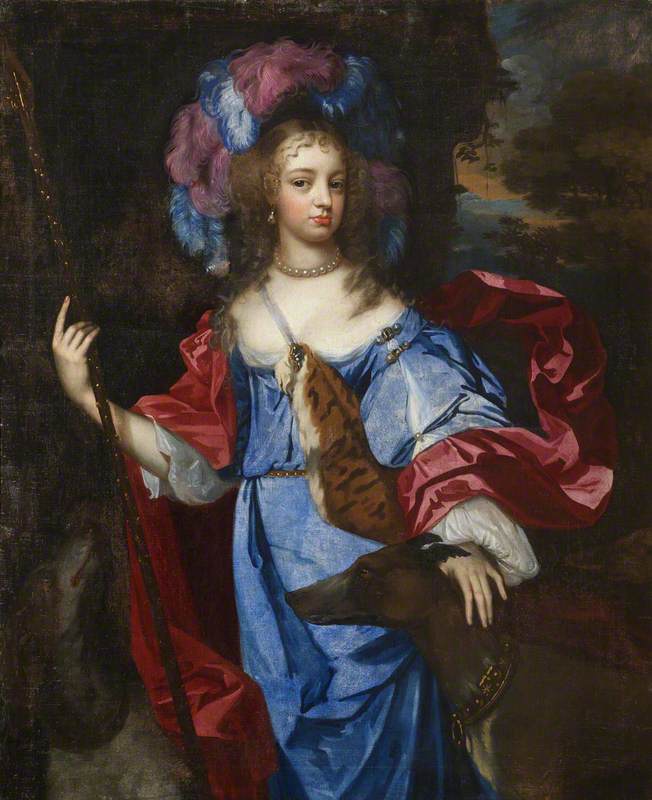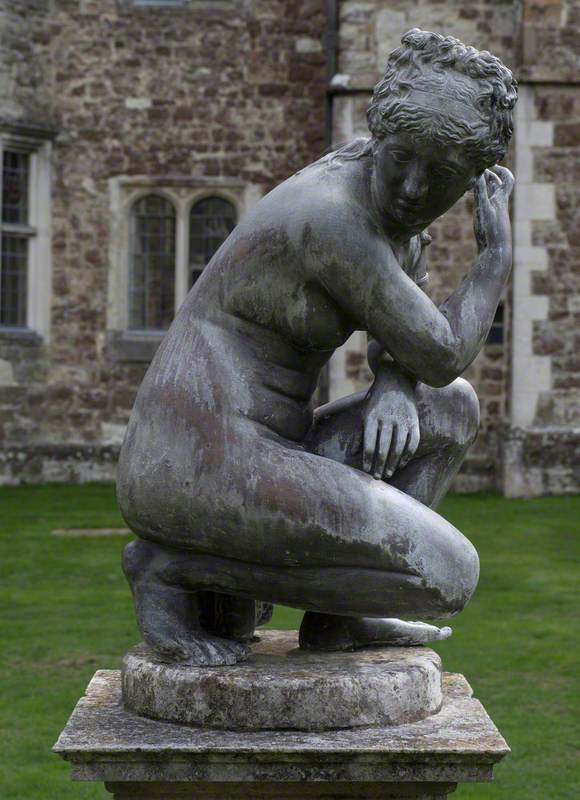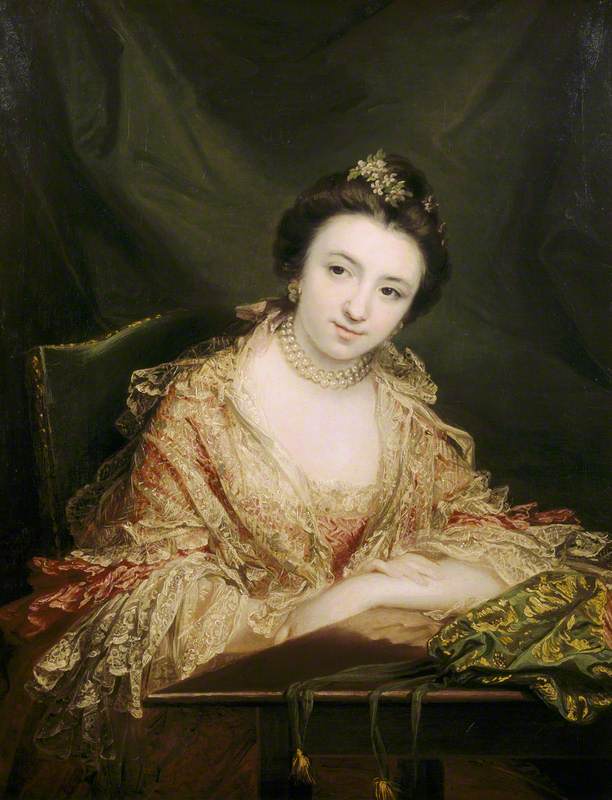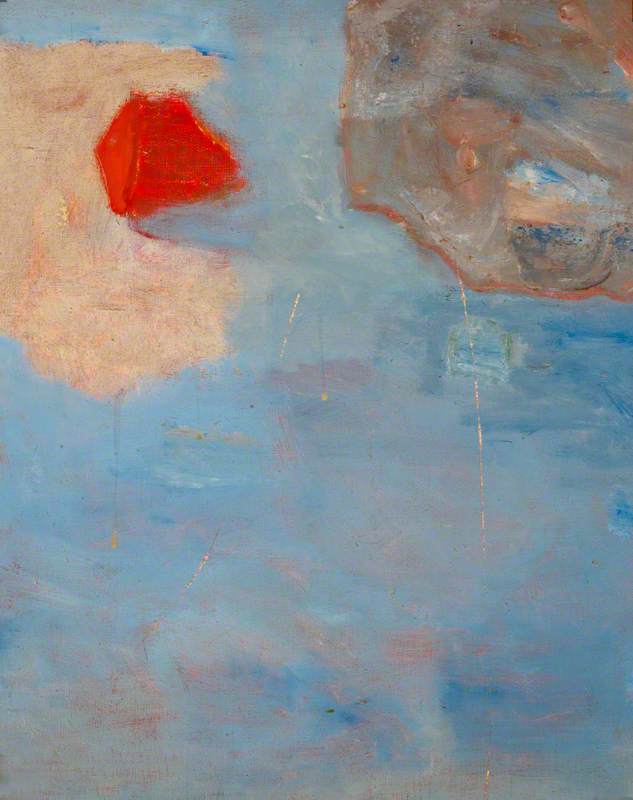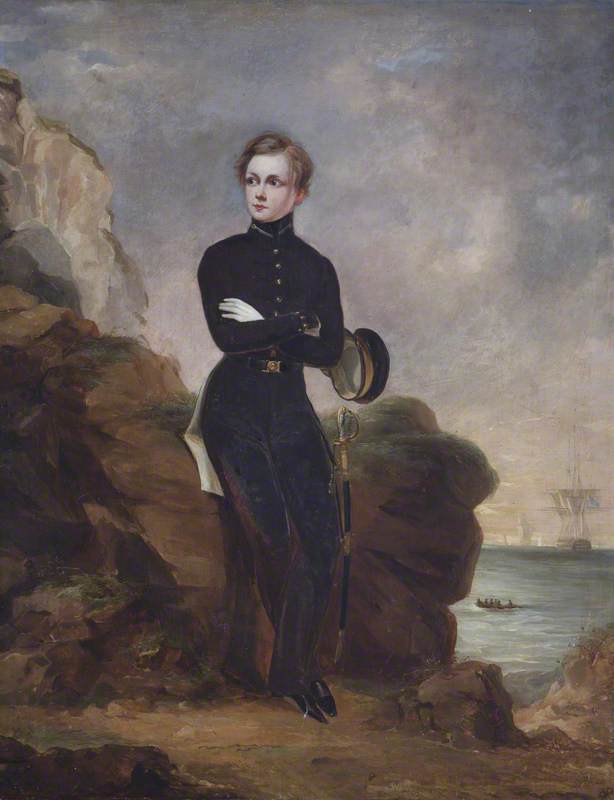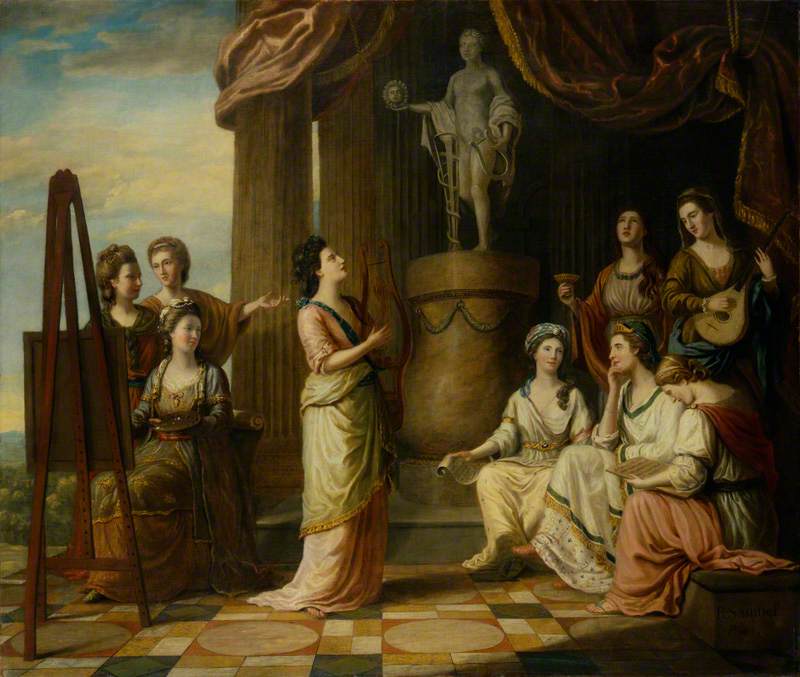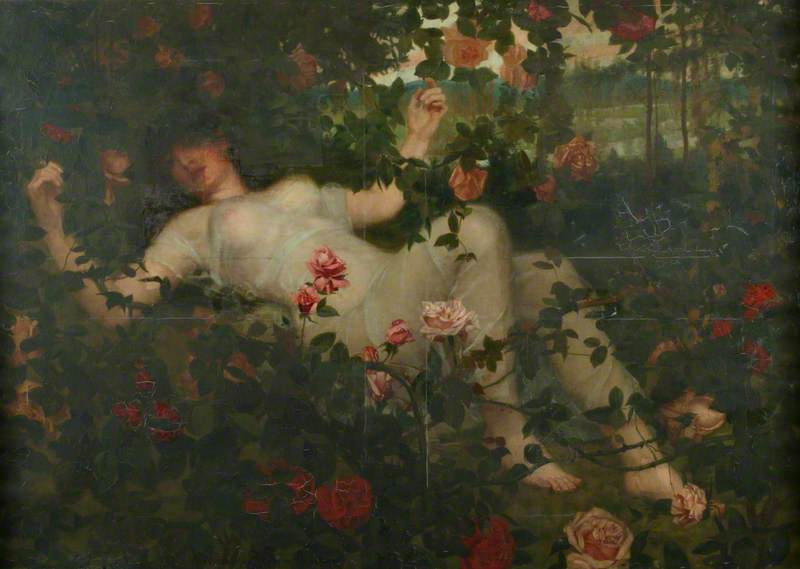Frank Bramley, probably best known as the painter of A Hopeless Dawn at Tate, settled at Tongue Ghyll in Grasmere with his wife, Katherine Graham (also an artist), in 1900. His paintings are often imbued with an emotional and narrative content that particularly appealed to the public of his time as well as his recognisable thick and colouful brushwork. The Grasmere Rushbearing, a huge 10 x 9 ½ foot painting, which hangs in the Village Hall in Grasmere, is a perfect example.
Begun in 1901, then signed and dated 1905 when it was exhibited at the Royal Academy, it depicts the traditional local procession of villagers to St Oswald's Church that continues to this day on the saint’s day, 5th August. In the background is the 'Lion and the Lamb' and the square tower of St Oswald's Church. In the foreground is the rush sheet that occupies a prominent place in the rushbearing procession. Each individual sat for their portrait, totaling 57. The queen is Rosie Baisbrown. The maids of honour are Irene Wilson, Nellie Baisbrown, Nelly Sanderson, Nora Grisedale, Mable Satterthwaite and Bessie Langhorn. Oval faces and auburn hair show typical characteristics of Dales children. All are depicted with their mouths open singing the Rushbearer's Hymn. The shaggy head of old Tom Harrison represents one of the old yeomen addressing a remark to the children and there is the grey-haired old Miss Cannon along with Bishop Ware, Mrs Jefferies and Mr Sam Grisedale, amongst others. Many of their descendants still live in Grasmere.
The painting was presented to the village in January 1913 by Canon Hardwicke Drummond Rawnsley (1851–1920), one of the founders of the National Trust who moved to Allan Bank, Grasmere, in 1915 and who wrote the hymns: The Hymn for St Oswald, The Hymn for the Rushbearers and The Hymn for the Rushbearing.
The artist, due to leave the village because of ill health, offered his painting (estimated at £2,000 even then) to a committee for £500, as long as it was held in trust. Within three weeks the money was raised; 215 subscribers came forward and contributed to the fund. The National Trust, with a recently granted private Act of Parliament (1907), was asked to protect it from being alienated from Grasmere. Sir Robert Hunter, the Trust’s chairman at the time and one of the original three founders, agreed and a local committee was nominated to be in charge of its care.
Tania Adams, Former Paintings Project Cataloguer, National Trust
